
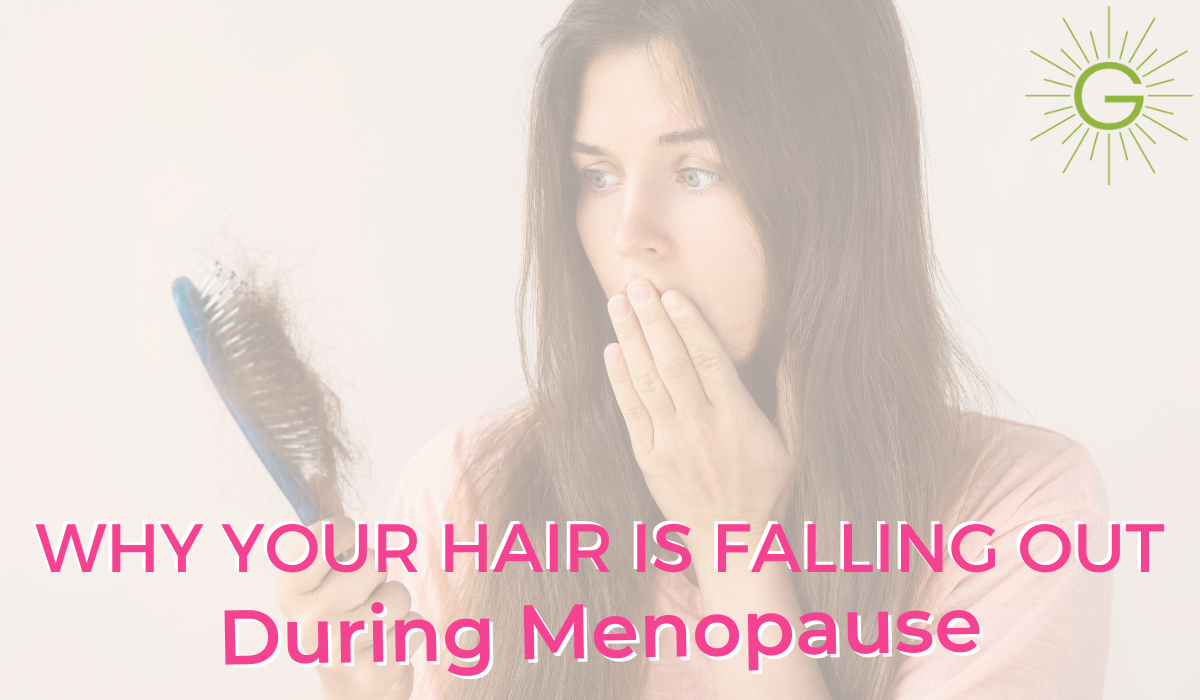
Why Your Hair is Falling Out During Menopause
If you’re a woman over the age of 50, it’s likely you’ve noticed some changes in your hair.
You may have lost more than a few hairs in the shower, more than a few hairs on your comb, and… well, there’s just something about the way your part is starting to look. It may be thinner, or it may be falling out more than it used to.
Hair loss is a common problem for women, and it can happen at any point in your life. But when does it start and why does it happen?
Unfortunately, there’s a lot of misinformation regarding this topic. So, let’s take a look at what is causing this problem and how to fix it.
If you’d prefer to watch, check out this video on menopause hair loss below.
Hair Loss Differences between Men & Women
When you think about hair loss, chances are you’re thinking about one thing: men.
It’s true that more men than women lose their hair. Hair loss is more common among men than women, but it’s not only a male problem.
In fact, in premenopausal women, about one-third of women will experience significant hair loss. After menopause, two-thirds of women will suffer from extreme hair loss, thinning, and even bald spots.
And if you’ve ever had problems with these things before, you know how frustrating it can be to deal with them!
The medical term for hair loss is alopecia. There are several different types of alopecia and they can affect people in very different ways. For example, male pattern baldness, which many men experience as they get older, is caused by a combination of genetics and hormones. It generally starts at the top of your head and recedes towards your forehead in an “M” shape over time.
For women, it’s a little different. We generally start to lose hair around our part. The part starts to appear wider and then it can also start to thin out all over.
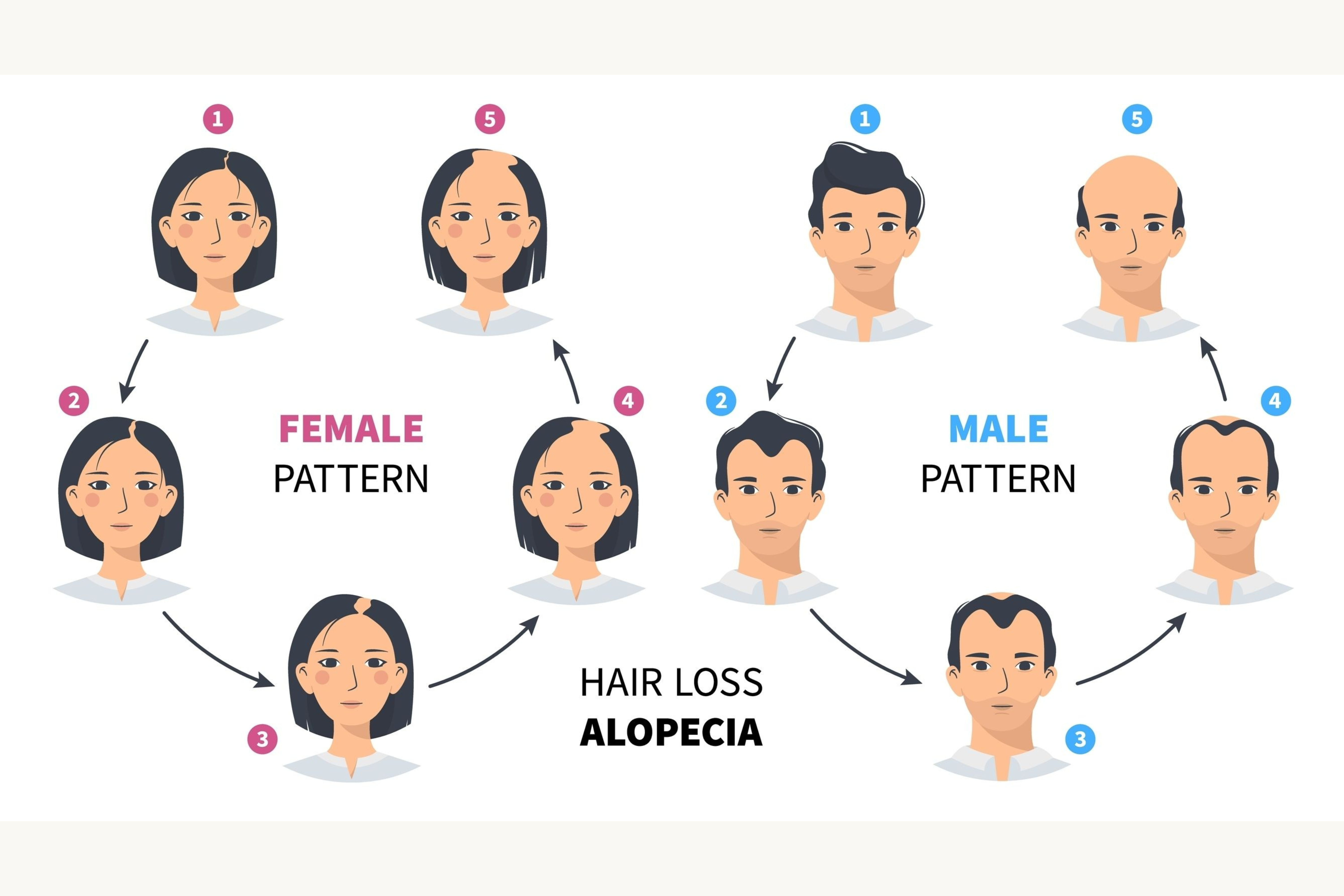
We might notice that more hair is falling out in the shower or more hair on our comb now. It is completely normal to lose about 50 to 100 hairs a day because our hair is not always in the growing phase; they are just sitting there waiting for their turn.
Stages of Hair Growth
If you’ve ever wondered why your hair is falling out or not growing as fast as it used to, then you’ve probably been looking for an explanation.
Hair growth is a complex and interesting process. You’re always in one of three phases of hair growth: anagen, catagen, and telogen.
1. Anagen Stage
This is the growth phase of hair growth. This is the stage where your hair is actively growing.
2. Catagen Stage
This is the breakdown phase of hair growth. In this stage, your hair starts to break down, or fall out.
3. Telogen Stage
This is the resting phase of hair growth, your hair is not actively growing or falling out. During this phase, your body is resting and recovering from all the work it did building up and breaking down your hair during the anagen and catagen stages.
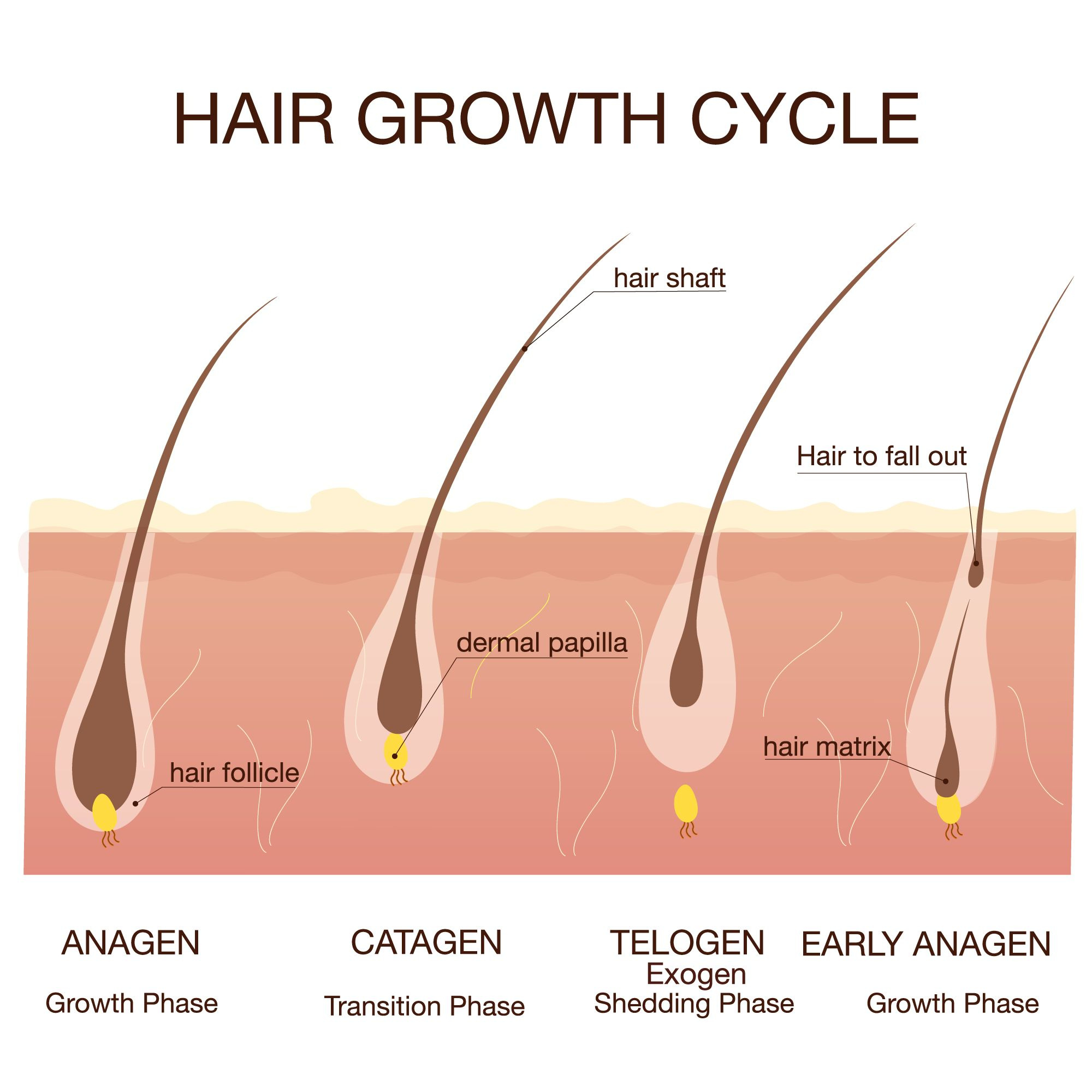
Problems occur when your hair spends too much time in the falling out stage or resting stage and not enough time in the growing stage. This is when you can start to see problems with your hair like shedding more than normal, or thinning patches throughout your head of hair.
There are many reasons why your hair might be spending too much time in the falling out stage and not enough time in the growing stage. We’ll go over a few of those below.
Reasons include genetics, hormone levels going up or down, thyroid issues, stress levels rising too high (which causes cortisol levels to rise), diet changes like eating more processed foods or less protein-rich foods (like eggs), using hair products with chemicals like sulfates, which damage follicles.
Your hair will reflect the state of your health, stress or lack thereof, three months in the past. So, if there is something going on with you now (stress or otherwise), you can expect that event to manifest itself in your hair within three months’ time.
If you make changes that affect your health, such as improving your diet or addressing a nutrient deficiency, it will take three to six months before these improvements become apparent.
Why Hair Loss is not Just About Aging
It’s true that more women than men experience significant hair loss after the age of 50. Most people do not realize that women can lose their hair in a couple of different ways, and it’s not just because they’re getting older.
Hair loss is a serious problem for a lot of women and can actually be caused by something called menopause. Hair loss around menopause is a major cause of female hair loss.
Menopause is a natural part of every woman’s life, and it can impact her body in many ways. As the reproductive system shuts down, so do other aspects of a woman’s life, including her body’s ability to produce hormones such as estrogen and progesterone.
Hair Loss and Hormones: The Real Truth
Female hair loss, or androgenetic alopecia, is a common problem that is often overlooked.
The term, “androgenetic alopecia” refers to the pattern of hair loss that occurs as a result of an influx of androgens (male hormones such as testosterone) with age. It’s basically a genetically determined shortening of the phase of hair growth and a lengthening of time of a phase of hair falling out.
When we go through menopause, our hormones begin to decline. This can have a noticeable effect on the hair on our heads. These changes are all related to how our bodies respond to decreased levels of estrogen and progesterone (hormones that oppose testosterone).
When this happens, our body becomes more sensitive to testosterone, and that sensitivity can cause the follicles themselves to shrink; this is called, “follicular miniaturization.” Thinner hairs called vellus hairs (meaning “fine” hairs) can eventually slough off like skin cells and no longer grows new hair.

What Causes Hair Loss During Menopause?
As we go through menopause, our estrogen levels start decreasing. Our liver makes less of a substance called sex hormone-binding globulin (SHBG). SHBG is the protective measure in our body that determines whether the hormones floating around in our body are actually free and available, or if they’re bound up and unusable.
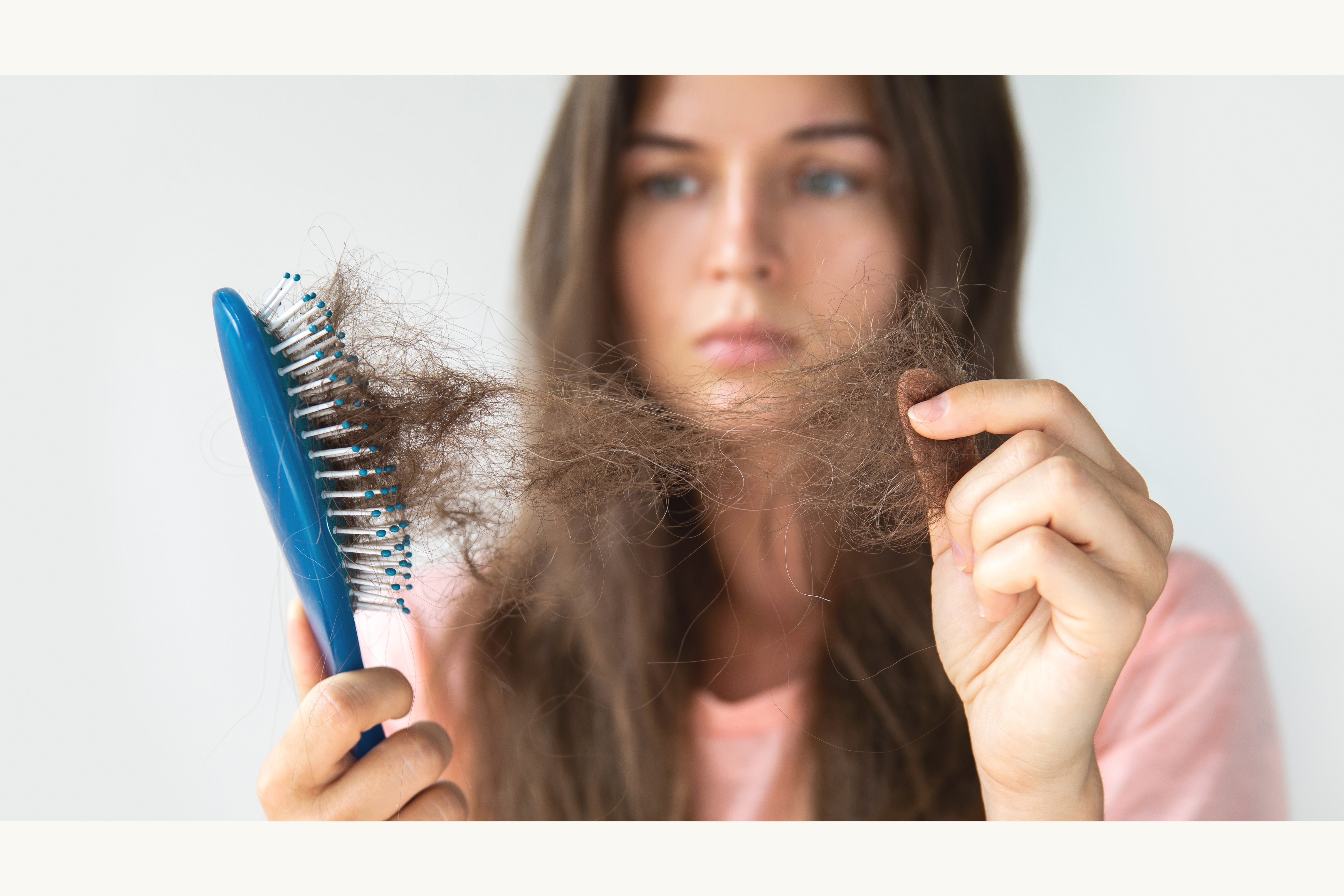
When estrogen and progesterone are at their normal reproductive levels, there’s an amount of the sex hormone, binding globulin that will preferably bind testosterone, so there’s a lot of it that’s bound up, and some that’s still free.
When estrogen and progesterone decline during menopause, the amount of sex hormone binding globulin drops. This means that there’s freer testosterone floating around than before, and not enough estrogen or progesterone to combat it.
This is what can actually cause some of the issues we see in menopause. Examples of these issues are hair growth in places we don’t want it (like on your chin or face) or weight gain around your midsection.
Testosterone and Its Role in Hair Loss
First, let’s clear up some myths. Testosterone is not bad for you! We all need testosterone, and it plays an important role in our health. The problem is that some of us have a genetic preference for the 5 alpha reductase pathway, which breaks testosterone down into something called dihydrotestosterone (DHT).
When you have too much DHT and not enough estrogen/progesterone, then what happens is you have a shortening of the growing phase and a lengthening of the falling out phase. This is where hormone replacement therapy can be a huge benefit for anyone in perimenopause or menopause by bringing those hormone levels back up to where they should be so that you can feel more confident about yourself!
Estrogen and progesterone both help with circulation to the scalp and the production of thicker hair, while estrogen opposes testosterone and increases sex-binding hormones. The balance between these three hormones is essential for healthy hair growth and health overall, so it’s important to maintain hormone levels through hormone replacement therapy if possible.
Other Possible Causes of Hair Loss
If you’re experiencing hair loss, you might want to explore other possible causes of the problem. Hair loss can be caused by a number of things, including hormonal changes, nutrient deficiencies, and fungal infections or inflammation.
Your doctor will check for hypothyroidism (which can cause hair loss) as well as iron deficiency (another common cause of hair loss). They’ll also check your TSH levels to make sure they’re not too high or too low.
These tests will give insight into whether or not your thyroid is functioning properly and whether or not you have other nutrient deficiencies like iron, zinc, selenium, and boron; as well as protein efficiency that could cause your hair loss. Make sure to avoid poor scalp health habits (like pulling hair back too tightly in ponytails).
PCOS and Hair Loss
There are some women who make too much testosterone, and in those cases, they may not be able to bring their estrogen and progesterone up high enough to balance it out.
The result is a condition called polycystic ovary syndrome (PCOS), which can cause a whole host of symptoms, including hair loss.

And that’s where a DHT-blocking medication can help. Spironolactone and finasteride are two common examples of DHT blockers. Birth control pills can also block DHT by inhibiting 5-alpha reductase.
But, if you’re looking for something natural, there are some natural approaches to managing excess androgens, saw palmetto, PI GM, and metals. This blend is a great alternative for women who are on hormone replacement therapy to prevent excess testosterone from going down the negative pathway so you can enjoy healthy hair growth again!
You do not want to get rid of all your testosterone, you still want some because it helps with bone health, mood, sex drive, and many other things! You don’t want it going down the alpha reductase pathway; its genetically determining whether we’ll prefer that pathway or not. We might not notice this problem until our estrogen and progesterone start going downhill too.
That’s one of the reasons why HRT is so helpful with hair loss; it keeps your estrogen and progesterone levels stable while also keeping testosterone levels stable.
Treatment Options for Managing Hair Loss
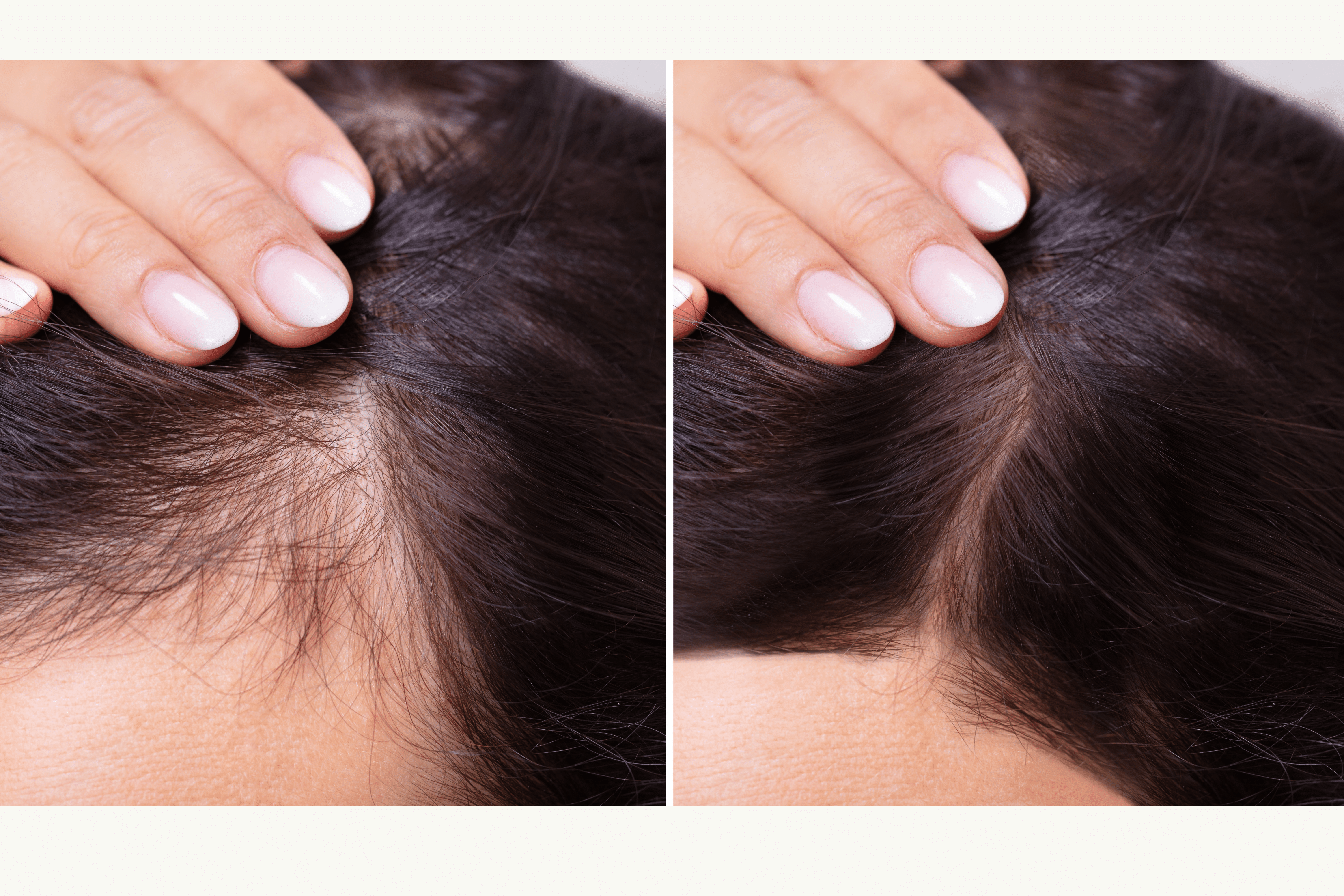
While losing your hair can be an emotional experience, there are ways to cope with it. Here are some different ways to treat it.
1. Make sure you’re getting enough protein in your diet. Protein maintains healthy hair.
Your hair is made up of protein and if you don’t have enough in your diet, your body will not make hair.
But what does that mean?
It means that when your body has to choose between feeding your muscles, your heart, and your brain, or making hair, it’s going to choose those things that are absolutely necessary for survival. So even if you’re eating an adequate amount of protein, your body may decide that it doesn’t need hair anymore, because it doesn’t serve any purpose.

Hair is only there to keep animals warm or protect them from sun exposure or repel water. But humans are not animals (most of us anyway). It’s not like we need our hair for warmth or protection from the sun or water.
So, if there’s a shortage of protein in our diet, our bodies are going to see these extra strands as useless and let them fall out. That way, they can save energy and fuel what matters most: keeping us alive!
Try eating at least 0.7 grams of protein per pound of ideal body weight every day to make sure you are getting the raw materials because your hair is made of keratin and other different proteins.
2. Stem Cell Therapy
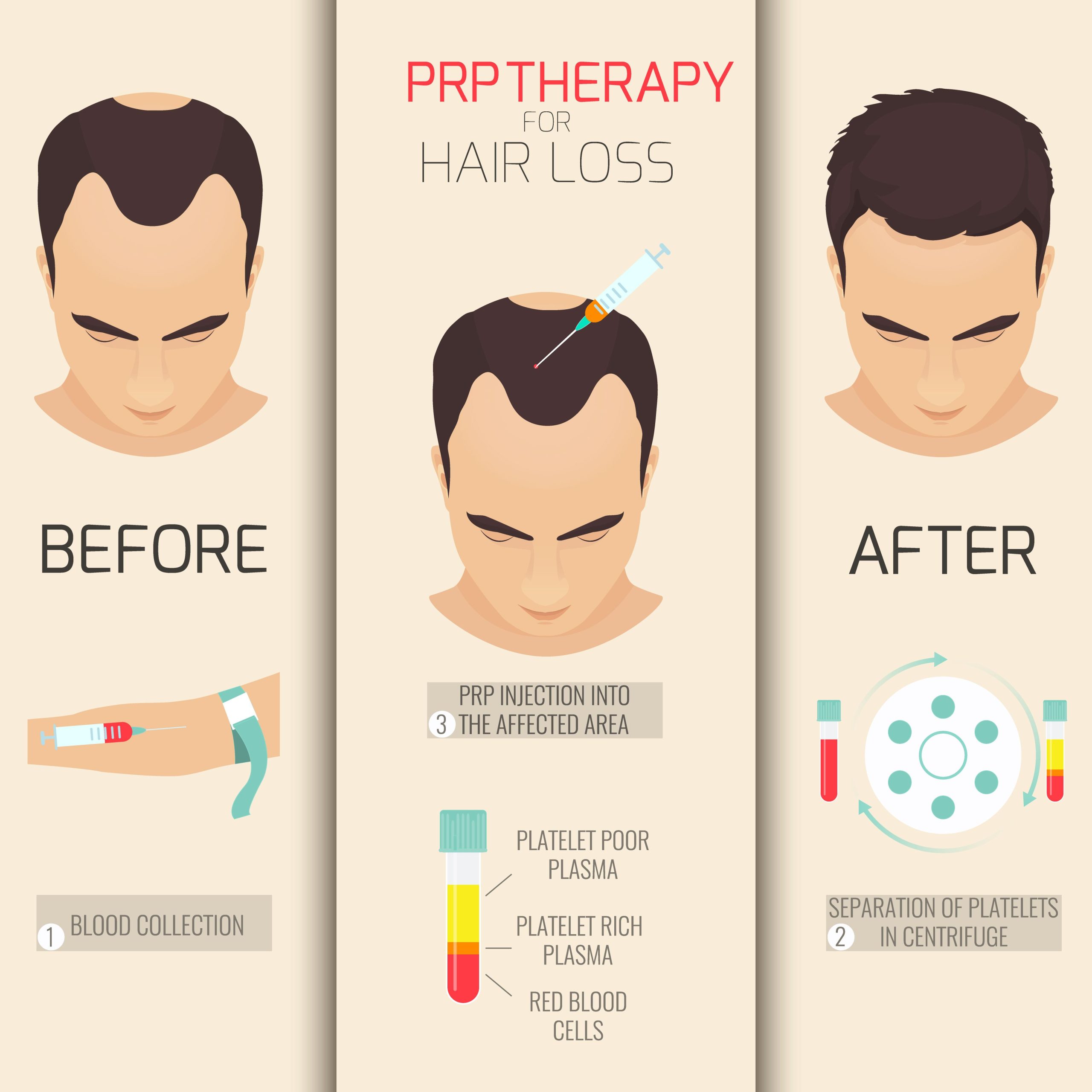
If you’re having problems with your hair, the first thing you might want to do is check in with your doctor. They may recommend something like platelet-rich plasma (PRP) to your scalp to help reawaken those follicles.
3. Try Natural Remedies for Hair Loss
There are a number of natural remedies that you can try to help your hair if it’s thinning.
One option is red light therapy, which has been shown to reduce inflammation and promote healthy circulation.
Another option is Rosemary Essential Oil, which has been shown to increase circulation and reduce inflammation in the scalp. You can apply this directly to your scalp or rub it into your hands and then massage it into your scalp.
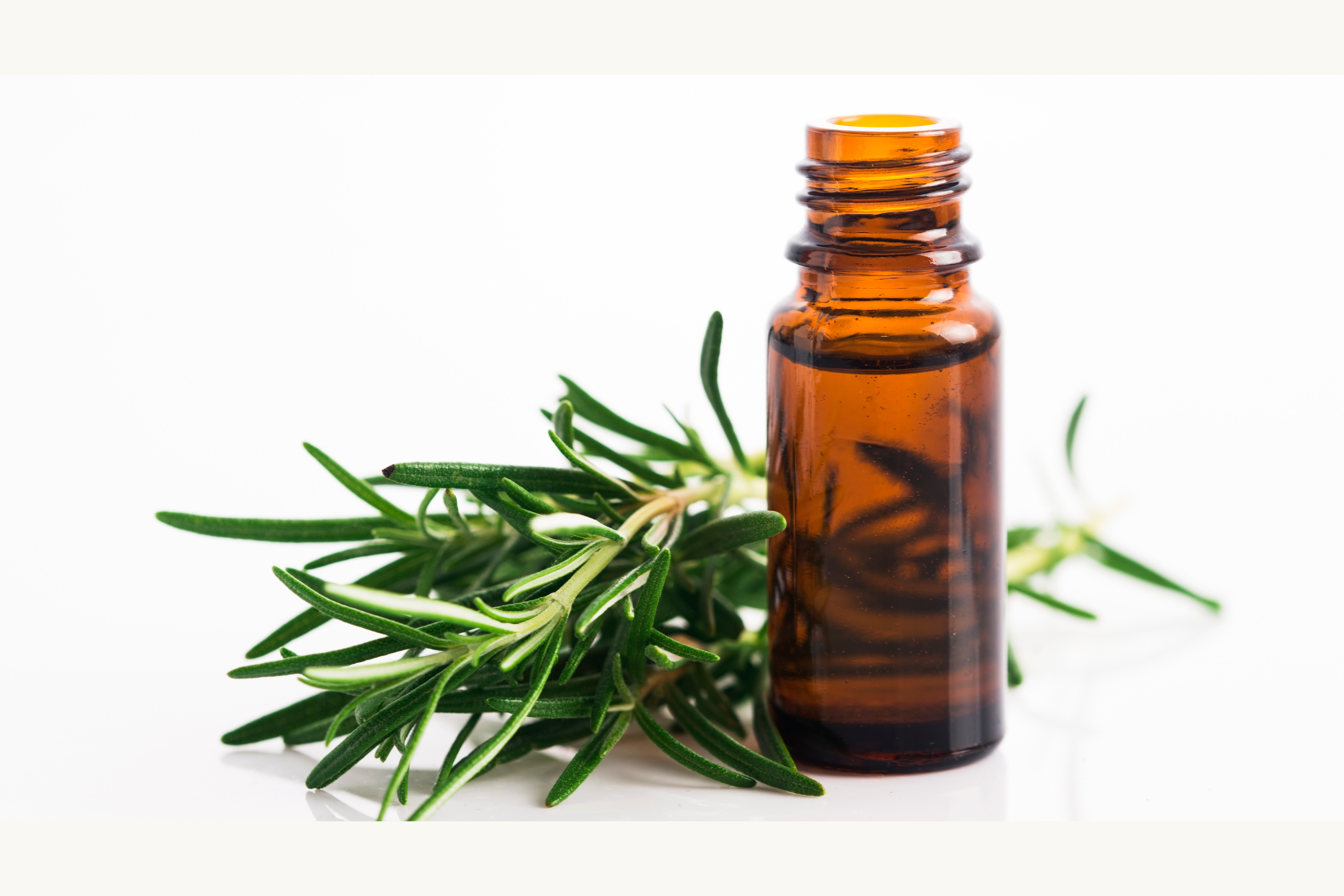
Other things you can include is pumpkin seed oil, which helps with circulation and omega three fatty acids.
4. Get Some Help From Taking Supplements
Take a really good multivitamin so that you get your zinc, iron, boron, and other important vitamins and minerals. We recommend our Daily Glow Multivitamin because not only does it contain all your multi-nutrients, but also has stress support, adaptogenic herbs, hormone support, and thyroid support. It also covers many different areas of help for your hair!
5. Try Over-the-Counter Options
If you’re experiencing hair loss, there’s an over-the-counter option that can help; it’s called Minoxidil (brand name Rogaine).
Minoxidil is a topical that you can apply once per day to the areas of your scalp where you are losing hair. It’s been approved for both men and women, so whether it’s because of hormones or other factors, Minoxidil might be an option for you. Recommended for women is the 2% version to be used twice per day, or the 5% version (recommended for men) just once per day.
Minoxidil was originally used as a blood pressure medication that was taken orally. When people who used it started growing more hair than before, researchers realized there was something happening with the drug that could help people grow their hair back.
Now it’s available over the counter and can be purchased at CVS or other grocery stores, as well as on Amazon or through other online retailers.
6. Exercise Regularly and Get Enough Sleep
Make sure you’re exercising regularly. Exercise stimulates blood flow to your scalp, which helps keep your hair follicles healthy and strong.

Finally, get enough sleep! Sleep deprivation can cause a buildup of stress hormones like cortisol (which degrades collagen) as well as melatonin (which makes hair fall out).
Hormone Replacement Therapy and Hair Loss
Estrogen and progesterone are two hormones that are often depleted when you’re going through menopause, but there are other reasons why your hair might start thinning out… examples are if you’re having trouble sleeping or if you’re stressed out.
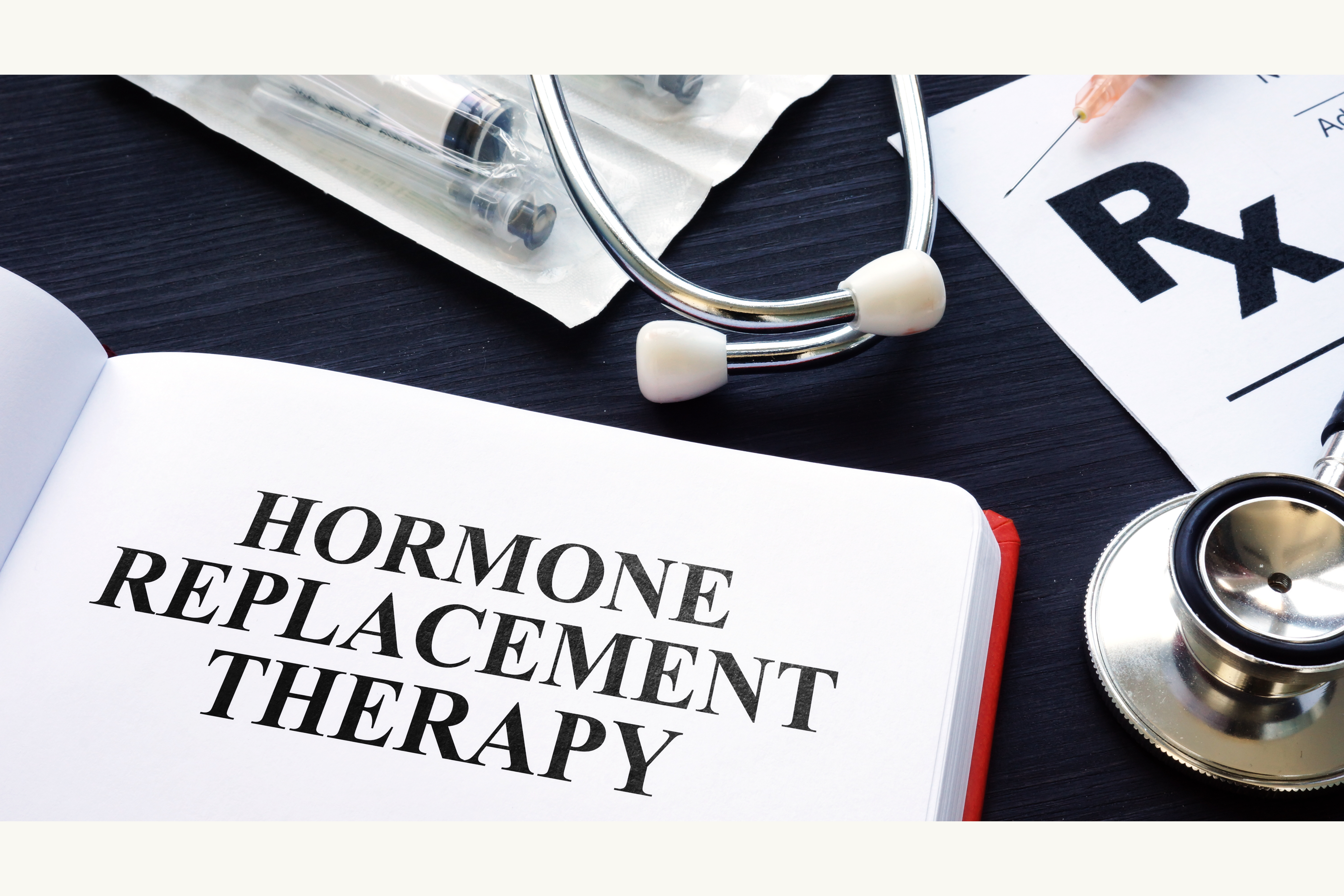
Another thing that comes into play is how long you’ve been depleted in this hormone or that one. If you’ve had an imbalance in one of both hormones for a while, then your body might need more than just replacement therapy.
When it comes to hair loss, there’s no one-size-fits-all approach. You’ll need to talk with your doctor about the best course of treatment for you depending on many factors, including how long you’ve been experiencing the problem, what else is going on in your life, and whether or not your symptoms are present.
Once you start taking hormone replacement therapy (HRT), it takes three to six months before anything starts happening, so don’t expect immediate results! That said, many people find that HRT helps them feel more confident about their appearance and less worried about what others think about them.
Learn the DIFFERENCE between Hormone Replacement Therapy (HRT), Bio-identical Hormone Replacement Therapy (BHRT), and Natural Hormone Therapy at Fixhormones.com
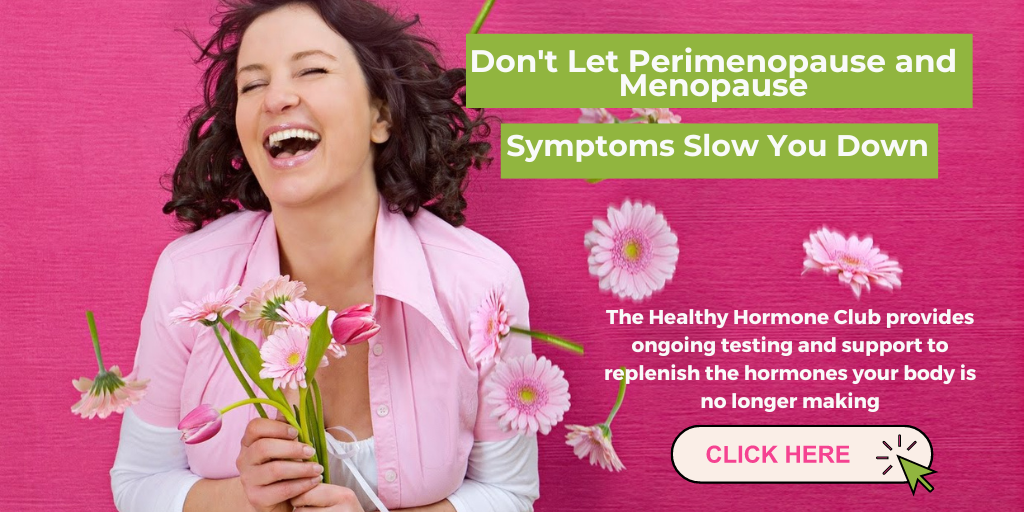
Getting To the Root Cause of Your Hair Loss
Although there is no one solution when it comes to hair loss, there are tons of things you can do to help your hair grow back, and fast! How do you know which will actually work for you?
The best way to find out is by using a combination of all these treatment options.
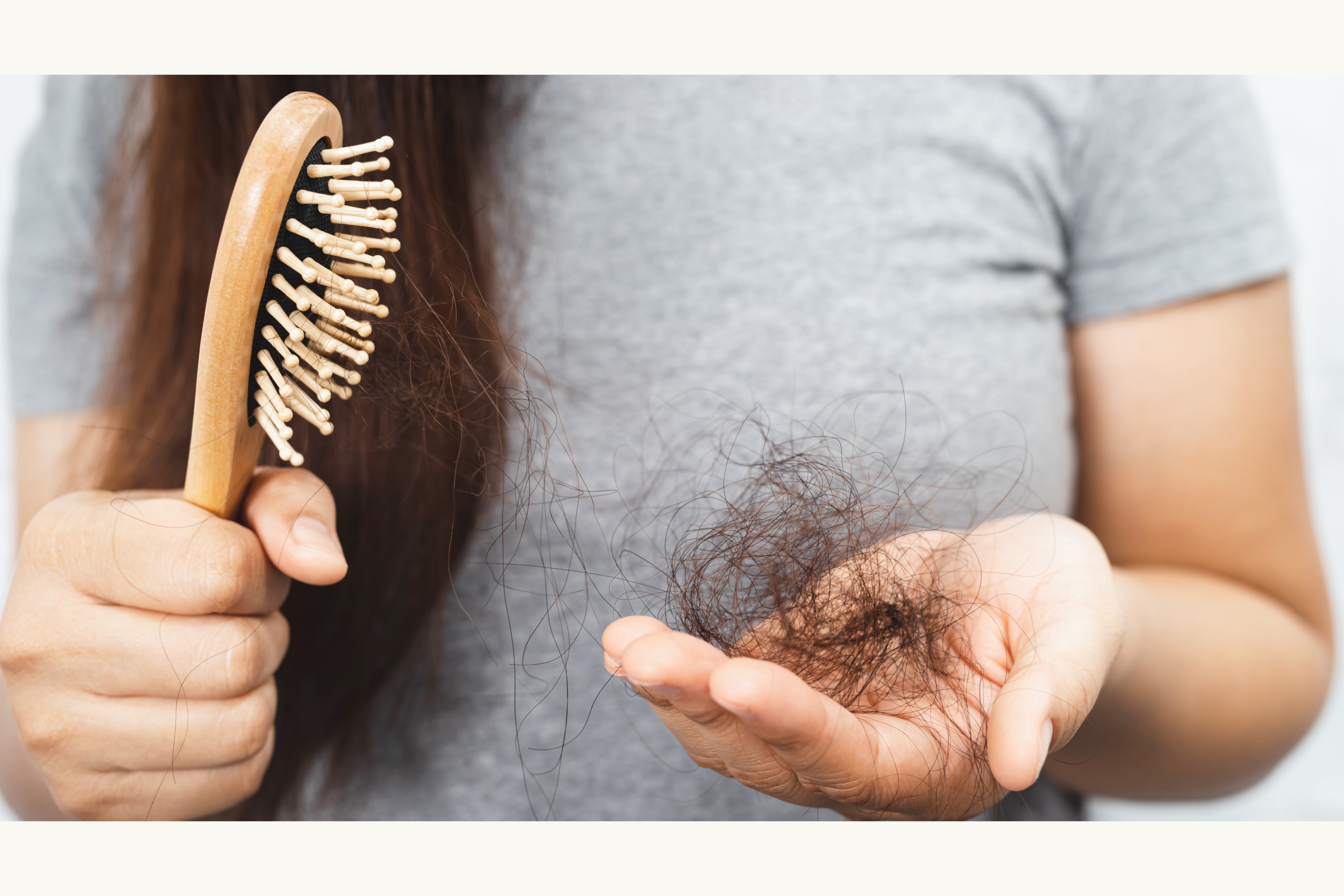
Treating the root cause is always the best way to go. You don’t want to just treat symptoms; you want to find and treat the root cause. Is it your thyroid or nutrient deficiencies? Could it be stress or is it menopause?
If it’s menopause, you might want to use hormone replacement therapy. If you are going to use bio-identical topical hormone replacement therapy, not only are you going to get your hair back, but you’ll also get other benefits like better bones and a healthier heart.
You’ll help prevent Alzheimer’s and other diseases like vaginal dryness and dry skin (hot flashes) night sweats, insomnia… the list goes on and on. So, treating the root cause will actually have multiple benefits for you, which is great if it helps your hair too!
The same thing goes for nutrient deficiencies. If you find out what nutrients are lacking in your diet and replace those nutrients, that can help with all sorts of things including hair loss.
Same with stress reduction. Find out what stresses you out so that way you can avoid them or employ some sort of technique or management system, whether that’s EFT (emotional freedom technique) or rapid transformation therapy (hypnotherapy), meditation, journaling… whatever works best for you so that when they come up again, there is something in place that will help.
And don’t forget about inflammation. If there are any skin issues going on at the scalp level (fungal infection, psoriasis), those will need to be addressed too in order for your hair growth efforts to be successful.
Whatever the cause may be, it’s important to address the underlying cause as well as treat any symptoms that are present in order to get your hair back on track, and maybe even prevent some other diseases along the way.
Takeaways
If you’re experiencing hair loss, it might feel like your world is falling apart. You’re probably wondering what’s happening to your body, and whether or not it’s going to change your life forever.
But there are a few things that are worth keeping in mind.
First, hair loss isn’t always permanent…it can be caused by a temporary hormonal imbalance. Second, there are other factors than hormones that may be contributing to your hair loss.
Hormones play a huge role in our bodies and our lives. They impact everything from how we feel (and act) to how well our bodies function, to how much energy we have left at the end of the day. They also play a huge role in how healthy our hair is.
Hair loss during menopause is a real problem, but there are things you can do to stop it, or at least make it less of a problem. You should talk with your doctor if you’re experiencing extreme hair loss or if the other treatments are not working for you. You can also ask them about taking hormone replacement therapy, which may help with some of the symptoms of menopause.
- Posted
- in Hormones
- By Dr. Michelle




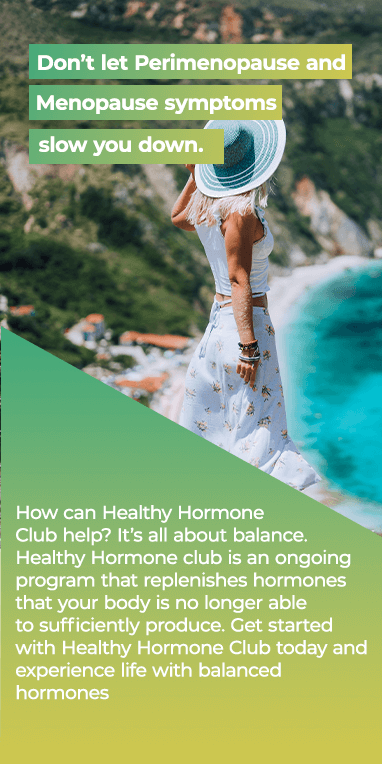

77 Comments
Thank you Dr Michelle for all of the great knowledge & the way you present so it is easier to understand & remember! I am almost 68 & have been losing hair since menopause. Expensive capsules from the dermo have not helped so much but the redlight brush has. I will also implement some of the other ideas you mentioned. Thank you again!
Wondering why I have chronically elevated SHBG? That prize patrol guy does a wonderful job. I want his hair.
I’m losing my hair how can I regrow my hair back
Hi, It has come to our attention that you are using our client’s photographs on your site without a valid licence. We have already posted out all supporting documents to the address of your office. Please confirm once you have received them. In the meantime, we would like to invite you to settle this dispute by making the below payment of £500. Visual Rights Group Ltd, KBC Bank London, IBAN: GB39 KRED 1654 8703, 1135 11, Account Number: 03113511, Sort Code: 16-54-87 Once you have made the payment, please email us with your payment reference number. Please note that a failure to settle at this stage will only accrue greater costs once the matter is referred to court. I thank you for your cooperation and look forward to your reply. Yours sincerely, Visual Rights Group Ltd, Company No. 11747843, Polhill Business Centre, London Road, Polhill, TN14 7AA, Registered Address: 42-44 Clarendon Road, Watford WD17 1JJ
Major thankies for the blog post. Really Great.
Thanks again for the post.Really looking forward to read more. Keep writing.
Say, you got a nice blog.Really looking forward to read more. Fantastic.
Muchos Gracias for your article.Really thank you! Really Cool.
Great, thanks for sharing this blog.Really looking forward to read more. Great.
Thanks-a-mundo for the post.Thanks Again. Really Great.
Very neat blog post.Really thank you! Fantastic.
I loved your article.Thanks Again. Really Great.
Really informative blog article.Really thank you! Really Cool.
Really enjoyed this post.Really looking forward to read more. Will read on…
I really enjoy the article.Really thank you! Much obliged.
A round of applause for your blog.Really looking forward to read more. Cool.
Thank you ever so for you article post.Really thank you! Much obliged.
I value the post.Really looking forward to read more. Fantastic.
Major thanks for the article. Much obliged.
Thank you for your blog.Much thanks again. Really Great.
Im obliged for the blog.Really thank you!
Really enjoyed this blog article.Thanks Again.
Your point of view caught my eye and was very interesting. Thanks. I have a question for you.
I think this is a real great article post.Really thank you! Really Cool.
I really like and appreciate your article post. Want more.
Say, you got a nice article post.Much thanks again.
A round of applause for your article.Much thanks again. Will read on…
Hey, thanks for the blog article.Much thanks again. Much obliged.
Muchos Gracias for your article post.Really looking forward to read more. Much obliged.
Wow, great article post.Thanks Again. Great.
Muchos Gracias for your blog article.Really thank you! Cool.
Thank you ever so for you article post.Thanks Again.
Major thanks for the blog.Much thanks again.
Looking forward to reading more. Great blog article.Really looking forward to read more. Awesome.
I truly appreciate this blog.Thanks Again.
Enjoyed every bit of your post.Really looking forward to read more.
Very neat blog article.Much thanks again. Awesome.
wow, awesome post.Really thank you!
I think this is a real great post.Thanks Again.
I cannot thank you enough for the blog post. Really Great.
wow, awesome post.Really thank you! Awesome.
Thanks so much for the post.Really looking forward to read more. Will read on…
Appreciate you sharing, great article post.Thanks Again. Keep writing.
Wow, great blog article.Really thank you! Really Great.
Really enjoyed this article post. Want more.
I truly appreciate this blog. Awesome.
Im grateful for the blog article.Much thanks again. Much obliged.
Major thankies for the blog post.Thanks Again. Awesome.
I loved your post. Really Great.
I really like and appreciate your blog article.Thanks Again. Really Great.
I cannot thank you enough for the article.Really thank you!
Appreciate you sharing, great blog post.Much thanks again. Much obliged.
Im grateful for the blog post.Really thank you! Cool.
Thanks again for the article post. Much obliged.
Really enjoyed this blog article.Much thanks again. Fantastic.
Awesome blog post. Really Great.
Thanks so much for the blog.Much thanks again. Keep writing.
Major thanks for the post.Thanks Again. Much obliged.
Say, you got a nice blog. Want more.
I loved your article post.Really looking forward to read more. Really Cool.
Very good blog post.Really looking forward to read more.
Very neat blog.Really looking forward to read more. Really Great.
Thanks again for the article.Much thanks again. Awesome.
I really enjoy the article.Thanks Again. Awesome.
Thanks for the article.Really looking forward to read more. Awesome.
I appreciate you sharing this blog post.Really thank you! Really Great.
Looking forward to reading more. Great post.Really thank you! Fantastic.
I really like and appreciate your article.Really looking forward to read more. Great.
Thanks-a-mundo for the article.Really looking forward to read more. Cool.
Major thanks for the blog post.Really thank you!
I think this is a real great blog post. Really Great.
Thanks-a-mundo for the blog article.Really thank you!
Very informative blog post.Thanks Again. Great.
Very neat blog.Really looking forward to read more. Great.
wow, awesome article.Really thank you! Much obliged.
Really enjoyed this blog article.Really thank you! Much obliged.
I don’t think the title of your article matches the content lol. Just kidding, mainly because I had some doubts after reading the article.